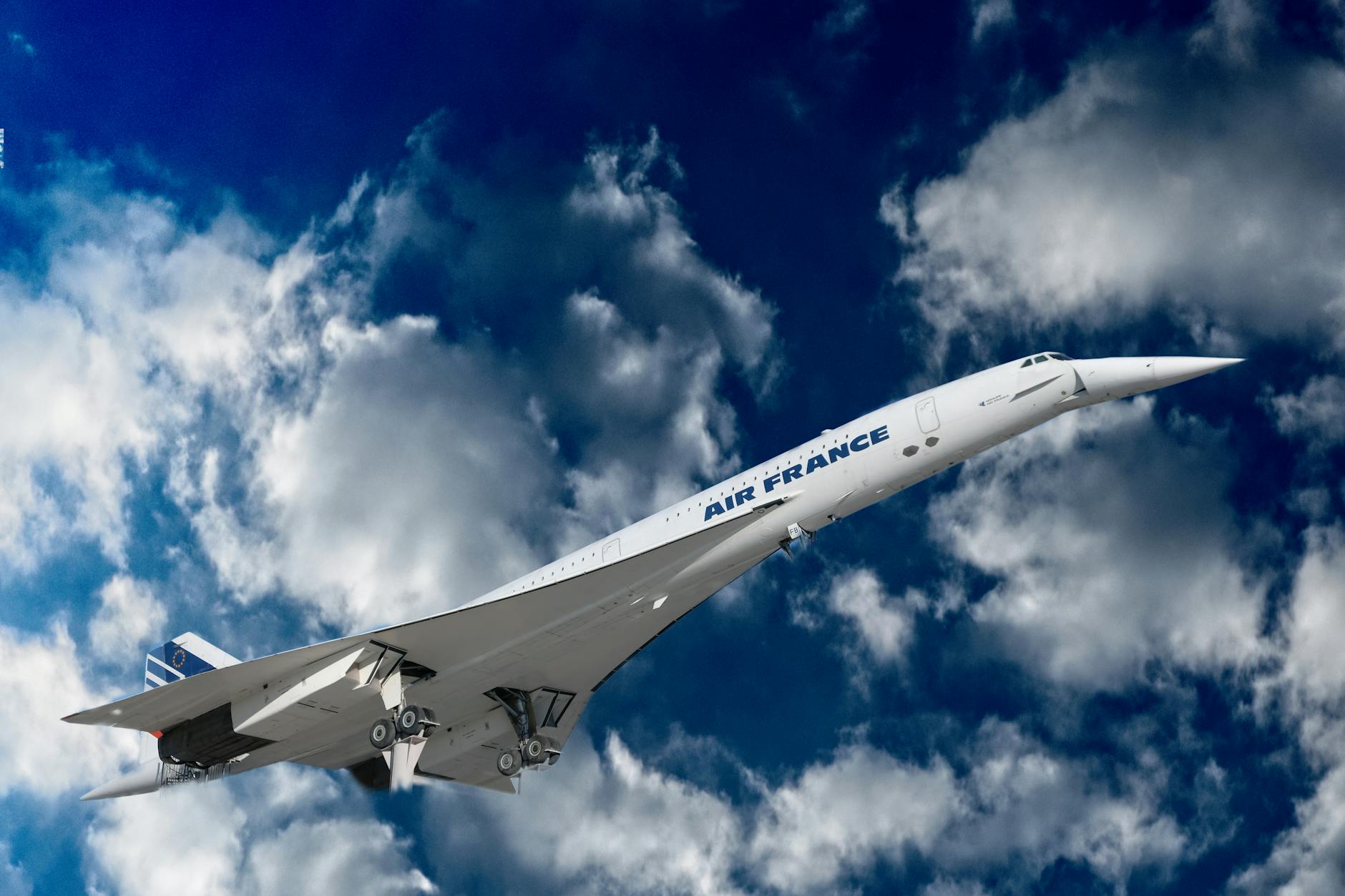Imagine slicing through the sky at twice the speed of sound, traversing oceans in mere hours, and watching the world rush by from a vantage point only few could ever dream of. This wasn’t a futuristic fantasy, but the lived reality aboard the legendary Concorde. For decades, this Anglo-French marvel redefined luxury and speed in aviation. Yet, the most shocking truth remains: despite its groundbreaking achievements and an enduring fascination, no commercial aircraft has since come close to replicating its incredible supersonic prowess. This article delves into the unforgettable saga of the world’s fastest passenger jet, exploring its triumphs, its mysteries, and the profound impact it continues to have on our dreams of travel.
The Genesis of a Supersonic Dream: Engineering Marvels of the Concorde Era
Born from a bold Anglo-French collaboration, the Concorde represented the pinnacle of 20th-century aviation engineering. Its distinctive delta-wing design, sleek aerodynamic profile, and powerful Rolls-Royce/Snecma Olympus 593 engines allowed it to effortlessly reach speeds of Mach 2.04 – more than twice the speed of sound. This incredible velocity meant passengers could travel from London to New York in a breathtaking three and a half hours, cutting typical flight times in half. Every component, from its sophisticated droop nose to its advanced flight controls, was a testament to human ingenuity pushing the boundaries of what was thought possible for commercial air travel. It was more than just an aircraft; it was a symbol of technological ambition and international cooperation.
Life Above the Clouds: The Unparalleled Concorde Experience
Stepping aboard the Concorde was an experience reserved for the elite, a true symbol of luxury supersonic travel. Passengers, including celebrities, royalty, and business magnates, enjoyed unparalleled service in an intimate cabin, often witnessing the curvature of the Earth from cruising altitudes of 60,000 feet. Champagne flowed freely, and gourmet meals were served, all while the world below sped by at incredible velocity. However, operating such a marvel came with its own set of challenges. High fuel consumption, strict noise restrictions due to its sonic boom (limiting supersonic flight to over oceans), and the sheer cost of maintenance made it an exceptionally expensive aircraft to run. Despite these hurdles, its allure remained undiminished, offering a unique blend of speed and exclusivity unmatched by any other commercial flight.
Beyond the Horizon: Why the Supersonic Era Came to an End
The majestic era of the Concorde, for all its splendor, eventually drew to a close. Several factors contributed to its retirement, though many still debate the full story. The tragic Air France Flight 4590 crash in 2000 dealt a severe blow to public confidence and forced a temporary grounding for safety upgrades. Following its return to service, the aviation industry faced unprecedented economic pressures in the aftermath of the September 11th attacks. Coupled with rising fuel costs, the expense of maintaining an aging fleet, and a diminishing pool of passengers willing to pay the premium for supersonic travel, British Airways and Air France made the difficult decision to retire the fleet in 2003. It wasn’t a single catastrophic event, but a confluence of economic, operational, and public perception shifts that ultimately grounded this flying legend.
Though the majestic Concorde may no longer grace our skies, its legacy as an unparalleled icon of speed, luxury, and engineering brilliance lives on. It proved that commercial supersonic travel was not just a dream, but a magnificent reality, setting a benchmark that still inspires innovators to push the boundaries of flight. While the era of the Concorde has passed, its spirit continues to fuel the ambition for a new generation of supersonic aircraft, promising that one day, we might once again conquer the skies at breathtaking speeds, forever grateful for the incredible journey the Concorde gifted us.

Leave a Reply